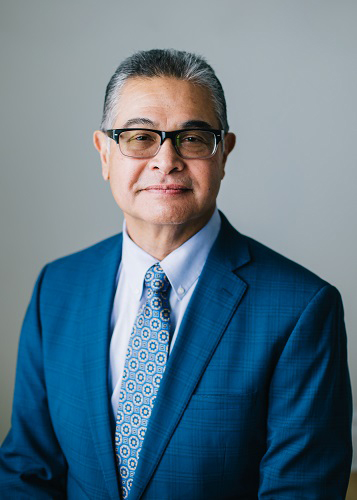Division management recently selected Ammon McDonald as the new Oil and Gas Program Operations Manager. This position manages and oversees field staff, with a priority on ensuring they have the proper tools and adequate resources to successfully complete their jobs.
Since 2011, Ammon has worked for the Division as a geologist/environmental scientist III where he was responsible for the permitting and inspection of Class II underground injection control (UIC) wells and waste disposal facilities. He conducted a variety of inspections and investigations ensuring compliance with Division’s rules. He provided technical expertise to staff members, the Utah Board of Oil, Gas and Mining, other government agencies, and the public.
In 2008 he began working for the Utah Geological Survey as a geological technician where his duties included digitizing well logs, constructing base maps using GIS software, conducting digital core photography, data analysis and compilation, sample collection, and field work.
Prior to 2008, Ammon was a staff geologist/environmental scientist for IHI Environmental where he conducted environmental site assessments, fugitive emissions and ambient air monitoring, soil and groundwater sampling, and borehole core logging.
Ammon graduated from the University of Utah with Bachelor of Science Degrees in Chemistry and Geology.





